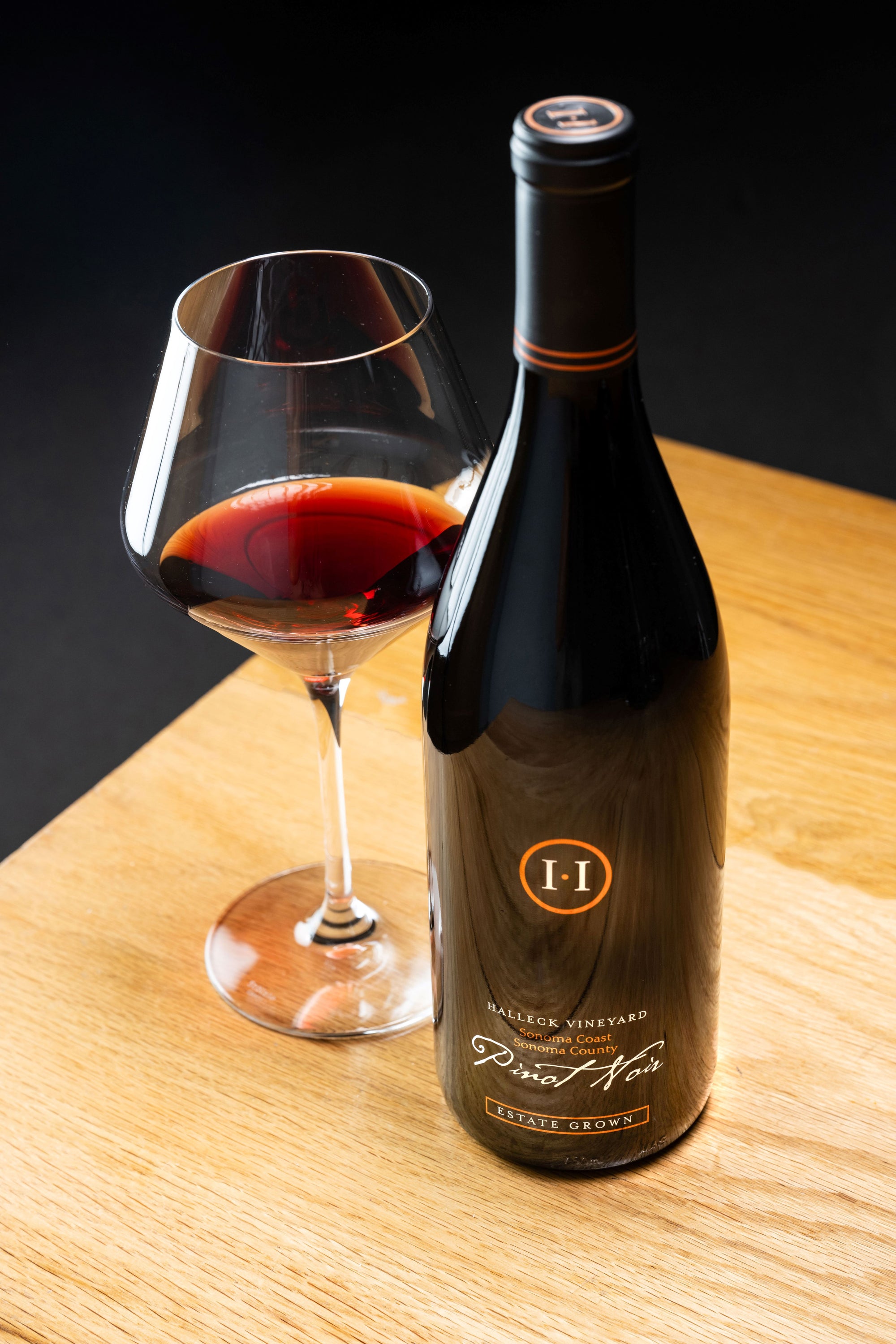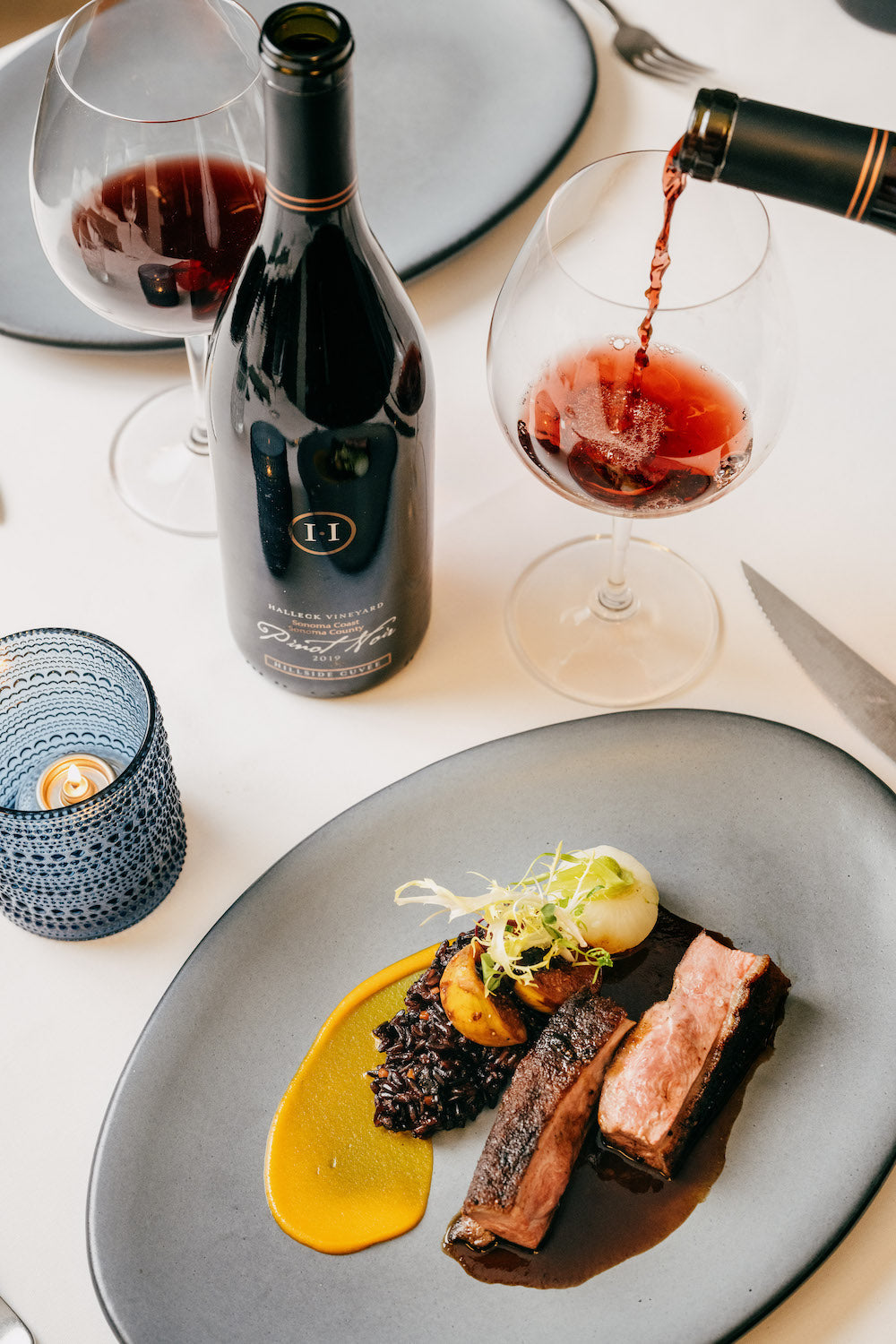Wineries With Unique Tasting Experiences - Best Wineries In Sonoma For A Wine Experience
Wineries With Unique Tasting Experiences - Best Wineries In Sonoma For A Wine Experience
Blog Article
Wineries With Picnic Areas - Sonoma County's Best Wine Experiences
Wine tasting is an art that requires practice and an understanding of various features involved in the process. One essential factor of wine tasting is the event and interpretation of tasting notes, which serve as a guide for each novices and seasoned connoisseurs. A Guide To Understanding Winery Wine Tasting Notes can improve your wine-tasting experience, making it extra meaningful and enjoyable.

Tasting notes are concise descriptions that seize the essence of a wine’s flavors, aromas, and total character. Often composed by professional tasters, winery tasting notes provide insights into the nuances of varied wines. They can help wine enthusiasts understand what to expect from a selected bottle. Nonetheless, tasting notes can differ extensively in style and detail based on the writer's experience and palate.
Charming Wineries Offering Wine And Food Pairings - Vines And Views In Sonoma Wine Country
When you first approach a glass of wine, your senses will start to interact right away. The sight, odor, and taste of the wine will converge to give you a whole experience. Tasting notes usually start with the visual evaluation, the place the colour of the wine is taken into consideration. Color performs a major function in indicating the wine’s age, grape variety, and even its flavor profile.
After assessing the visual facet, the next step includes swirling the wine within the glass. This action aerates the wine, allowing its aromas to awaken. Smelling the wine supplies important insight into its complexity. The preliminary sniff can ship a flood of scents that may embrace fruity, floral, natural, or earthy notes. This is commonly probably the most subjective a part of tasting, as individual experiences can dramatically differ.
In winery tasting notes, descriptors are sometimes categorized into major, secondary, and tertiary aromas. Primary aromas normally stem from the grape selection, secondary aromas derive from fermentation processes, and tertiary aromas arise from getting older. Understanding these categories may help you appreciate the depth of a wine, and so they additionally provide the vocabulary to express your experience higher.
Wineries That Host Harvest Festivals - A Visit To Sebastopol Wineries
Following the olfactory encounter, your focus will shift to the style of the wine. This is the place the first characteristics—sweetness, acidity, tannins, alcohol—come into play. Tasting notes typically detail these flavors in a number of dimensions, including the initial assault in your palate to the lingering finish on your tongue. A high-quality wine will present a harmonious steadiness between these components.
While tasting, it is important to ponder the body of the wine, which may be described as light, medium, or full. The physique contributes significantly to your total impression, helping you think about how the wine pairs with food or whether or not it stands alone as a sipping wine. Balancing the body with the opposite traits provides you with a fuller understanding of what the wine has to supply.
The end of the wine, also referred to as the aftertaste, is one other crucial aspect typically included in tasting notes. A lengthy, nice finish often indicates a better quality wine, whereas a brief or cloying aftertaste could recommend otherwise. Evaluating the end can supply additional insight into the wine's complexity and distinction.
Understanding the context of winery tasting notes is also useful. Tasting notes can provide contextual information about the vineyard's location, local weather, and grape-growing practices. This context provides another layer of appreciation for the wine, allowing enthusiasts to connect the sensory experience with its origins, thus enhancing the enjoyment additional.
Wineries With Beautiful Architecture - Best Vineyard In Sonoma
Many wineries provide tasting notes on their web sites or labels, often written in an approachable yet informative style. Nevertheless, not all winery tasting notes are created equal. Some may be overly technical, while others might prioritize marketing flair over insightful analysis. Studying to navigate these notes can arm you with the data to make knowledgeable selections when choosing wines.
Collaborating in tastings at wineries also can deepen your understanding of wine tasting notes. Interacting with educated workers may give you a more hands-on strategy to exploring totally different wines and the language used to describe them. Wineries With Educational Tours In Sonoma. You'll have the chance to ask questions, have interaction in discussions, and doubtlessly refine your palate in real time.
Experimentation is crucial for mastering wine tasting notes. my link As you sample completely different wines, attempt making your individual notes. Focus on describing the wine’s colour, aroma, taste, and end. Over time, you’ll develop a personal vocabulary that resonates along with your sensory experiences. Every note you create will assist refine your palate, allowing you to appreciate wines at a deeper stage.
Small Batch Wineries In Sonoma Valley - Top Sonoma Wine Tasting Destinations
In conclusion, a Guide To Understanding Winery Wine Tasting Notes presents a complete framework for diving into the world of wines. It equips you with the strategies and language essential to articulate your experiences. Whether Or Not you're a casual drinker or a devoted aficionado, understanding and utilizing tasting notes can profoundly impression your wine journey. This data not solely enhances your enjoyment but in addition connects you deeply with the rich narratives every bottle tells. By embracing this journey, you become part of the attractive mosaic site web of wine tradition, where each sip unveils a brand new story waiting to be discovered.
- Wine tasting notes sometimes encompass quite so much of sensory descriptions, including aroma, flavor, acidity, physique, and finish, permitting tasters to totally appreciate the wine's traits.
- To improve your understanding, familiarize yourself with frequent wine terminology such as "tannins," "oakiness," or "terroir," which can help decipher the notes extra successfully.
- A systematic strategy to tasting involves first visually assessing the wine's color and clarity, adopted by swirling to launch aromas, then inhaling and describing what you experience.
- Taking notes throughout tasting may help determine patterns over time, improving your palate and making it easier to recall preferences for future alternatives.
- Don't overlook the affect of food pairings; tasting notes can differ greatly when a wine is enjoyed with complementary flavors, altering notion and delight.
- Pay attention to the wine’s vintage, as weather conditions in a given 12 months can significantly affect the ultimate product, adding another layer to the tasting notes.
- Think About the winemaker's style and philosophy, which might form the wine's profile and impact how its notes evolve with every sip.
- Practicing with different grape varieties can broaden your vocabulary; each kind brings distinctive characteristics that may enhance your ability to articulate tasting notes successfully.
- Engaging with wine professionals or attending tasting events can present useful insights, offering a richer context for understanding personal tasting notes.
- Bear In Mind that tasting is subjective; individual preferences and experiences will form one’s interpretation of the same wine, enriching the general enjoyment of wine exploration.
What are wine tasting notes?
Wine tasting notes are descriptive feedback made by tasters about the look, aroma, style, and finish of a wine. They present an outline of the wine's characteristics and might help consumers understand the style and high quality of the wine.
Wineries Near Highway 12 - Sonoma's Best Vineyards
Why are tasting notes essential when selecting wine?
Tasting notes can guide you in selecting a wine that suits your palate. They present insights into flavors and aromas, serving to you to match wines with food or occasions. Understanding these notes enhances your overall wine experience.
How ought to I read wine tasting notes?
(Wineries Providing Guided Vineyard Walks)
Wineries Providing Guided Vineyard Walks - Exploring The Vineyards Of Sonoma
When studying wine tasting notes, take note of the structure: search for descriptions of shade, aroma, flavor, and finish. This will allow you to grasp the wine's profile and determine if it aligns together with your preferences.
What phrases generally appear in wine tasting notes?
Widespread phrases include "tannin" (the structure), "acidity" (the crispness), "body" (the weight), and varied flavor descriptors like "fruity," "earthy," or "spicy." Familiarizing your self with these terms can deepen your understanding of wine.
Wineries With Educational Tours In Sonoma - Sonoma Valley Vineyards And Wine Tasting

Am I Able To create my own tasting notes?
Yes! Writing your own tasting notes can enhance your wine tasting experience. Focus on your observations of taste, aroma, and other sensory traits. This personal practice can help you refine your palate over time.
How do I determine the aromas in wine tasting notes?
Eco-Friendly Wineries In Sonoma County - Sonoma's Best Vineyards
To establish aromas, practice smelling a big selection of scents and associating them with wines. Swirl the wine in your glass to launch its aromas, then take a moment to breathe in deeply before identifying any prominent scents.
What is the distinction between professional and personal wine tasting notes?
Professional tasting notes might use extra technical language and particular terminology, whereas personal tasting notes are subjective and reflect individual experiences. Both are useful for understanding and having fun with wine, however personal notes may resonate extra with your distinctive tastes.
How can tasting notes enhance my wine appreciation?
Popular Wineries With Outdoor Seating In Sonoma - Best Vineyard In Sonoma
Tasting notes can enhance your appreciation by serving to you to grasp and articulate the complexities of wine. They encourage conscious tasting and supply a framework for comparing completely different wines, resulting in a richer enjoyment of the beverage.
Are there any apps or instruments to assist with wine tasting notes?
Yes, there are a number of apps designed to help customers report and manage their tasting notes. These instruments typically supply features like flavor wheel guides and wine database searches, making it simpler to trace your journey through different wines. Report this page